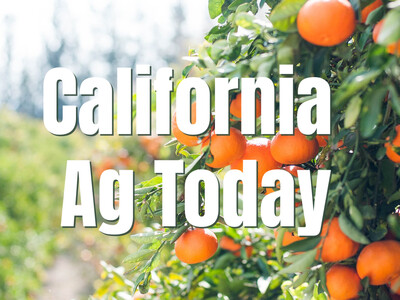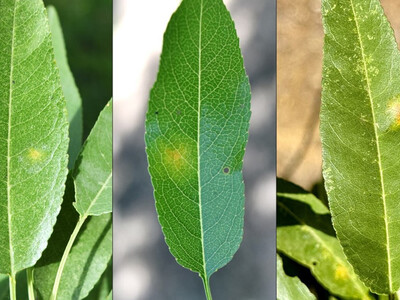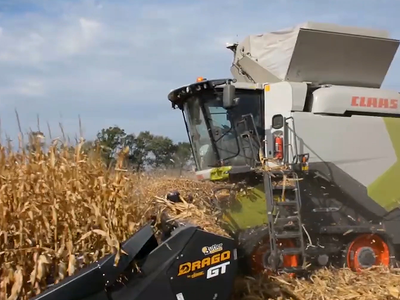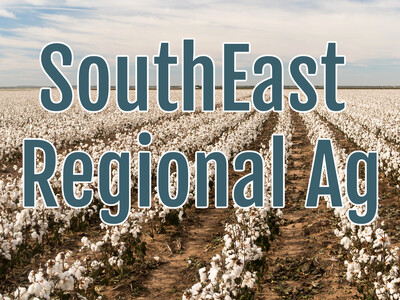Big Gains for Blueberry Consumption and USDA's June Planted Acreage Estimates
From the Ag Information Network, I’m Bob Larson with your Agribusiness Update.**With imports now at nearly 60% of total blueberry supplies, blueberry consumption has seen big gains in recent years.
www.thepacker.com reports, USDA numbers show retail per capita availability of blueberries increased from 1.2 pounds in 2011 to 2.1 pounds in 2019.
The Packer’s Fresh Trends 2023 survey revealed 37% of consumers reported blueberry purchases in the past year, compared with 41% in 2022 and 43% in 2021.
www.thepacker.com/news/retail/fresh-trends-2023-blueberries-
still-have-big-presence?
mkt_tok=ODQzLVlHQi03OTMAAAGMwBLejyOjHvIYYyUA1DuwXVSGrvy4Ga4aHOjvTB5DelxdHwhAkCSB0Ys8D6KvqYrk3-Ui0kLclaKTOrurwJTEnIetlCC6YdFkFG10TN9EJkVPcRI-0A
**The Risk Management Agency announced it will expand insurance for camelina (Kam-eh-LEE-nah) in the Southern Plains and the Pacific Northwest.
The move is intended to provide additional grower certainty as demand for the renewable fuel feedstock crop rises across the U.S.
Camelina is a nonfood crop used as an ultra-low carbon feedstock for renewable fuel.
For information, go to the USDA Risk Management website.
**The USDA released its June Planted Acreage Estimates, that shows corn planted area in 2023 is estimated at 94.1 million acres, up 6% from last year and the highest in the U.S. since 1944.
Soybean planted area for 2023 is estimated to be 83.5 million acres, down 5%.
The all-wheat planted area for 2023 is estimated at 49.6 million acres, up 9%.
At 37 million acres, the 2023 winter wheat planted area is up 11%.













